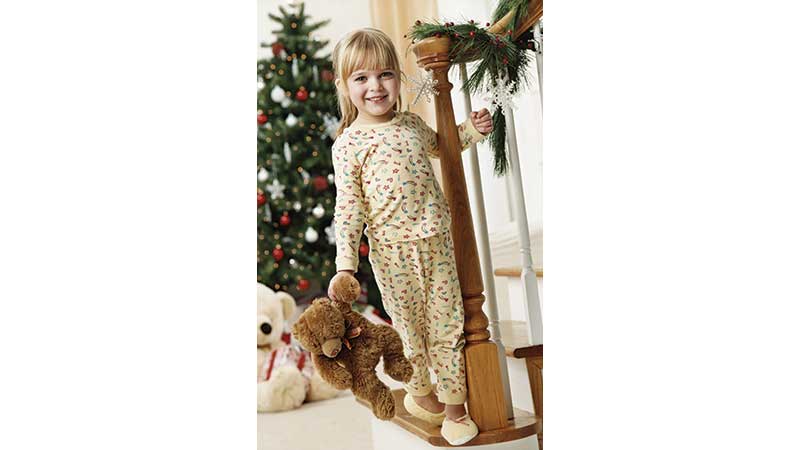Keep safety in mind when gifting toys
Published 11:15 am Wednesday, November 27, 2019
Few people garner as much delight from opening holiday gifts as young children. The holiday season is a wonder to behold, culminating with brightly wrapped presents just waiting to be revealed.
For parents, grandparents, aunts, uncles and friends, nothing is more memorable than watching the pure joy on a child’s face when he or she opens a holiday gift. As a result, well-meaning gift-givers sometimes forget to consider safety when seeking out toys and games for children.
The U.S. Consumer Product Safety Commission (CPSC) says there were more than 250,000 toy-related injuries treated in American hospital emergency departments in 2017. Most of these injuries were attributed to nonmotorized scooters, toy balls and toy vehicles. However, any toy that is not age-appropriate has the potential to cause harm. That is why the organization Prevent Blindness America (PBA), which spearheaded the campaign to make December Safe Toys and Gifts Month, advises caution when gifting youngsters.
The following are some guidelines when gifting young children, courtesy of PBA, the CPSC and Kids Health® by Nemours.
• Always read labels to see if the toy is right for a child’s age. Don’t buy a toy that is too mature for a child even if you think it would be a big hit.
• Consider a gift recipient’s temperament and behavior before purchasing a toy. While one child may be mature enough to handle a toy, another of the same age may not be ready for it.
• Recognize choking hazards in toys, which may include marbles, small balls and uninflated balloons. Button batteries, which come in many electronics, can be a choking hazard and cause damage to intestines if swallowed.
• Toys with strings and straps can strangle young children and should be avoided.
• Inspect all toys for sharp edges or points. Even stuffed animals with internal wires can stab, cut or shock.
• Avoid toys that have parts that fly off, as they can injure the eyes or other parts of the body.
• Look for nontoxic labels on toys, including crayons, markers and other art supplies.
• Toys made of fabric should be labeled as flame-resistant or flame-retardant.
• Painted toys must use lead-free paint.
• Look for the American Society for Testing and Materials (ASTM) label, which signifies that the toy has passed the group’s safety inspection standards.
• Monitor toy usage during play, and frequently examine toys to see if wear and tear has made them into hazards.
The holiday season is an exciting time for children eager to play with new toys and games. Ensuring those gifts are safe can make for a healthy giving season.






